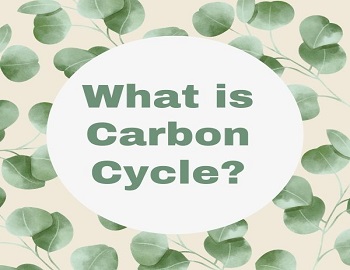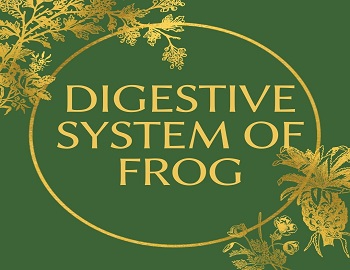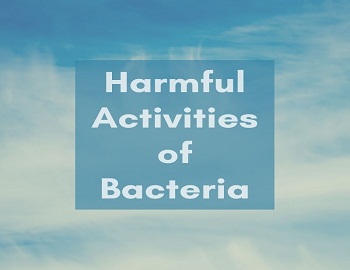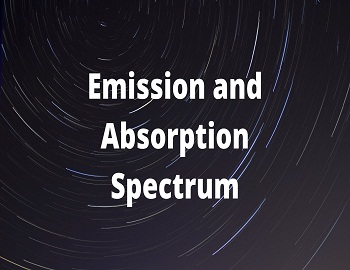What is Carbon Cycle?
Ecosystems cycle carbon through photosynthesis, respiration, decomposition, and combustion. The movement of carbon between the atmosphere, ocean, and living organisms is known as the carbon cycle.

Process of Carbon Cycle:
The carbon found in organic compounds is included in both the abiotic and biotic parts of the ecosystem. Carbon is a building block of both plant and animal tissues.
- In the atmosphere, carbon occurs as carbon dioxide (CO2). In the presence of sunlight, plants take up carbon dioxide from the atmosphere through their leaves. The plants combine carbon dioxide with water, which is absorbed by their roots from the soil. In the presence of sunlight, they are able to form carbohydrates that contain carbon. This process is known as photosynthesis. Plants use this complex mechanism for their growth and development. In this process, plants release oxygen into the atmosphere on which animals depend for their respiration. Thus, plants help in regulating and monitoring the percentage of oxygen and carbon dioxide in the Earth’s atmosphere. All of mankind depends on the oxygen generated through this cycle. It also keeps the CO2 at acceptable levels.
- Herbivores feed on plant material, which is used by them for energy and for their growth. Both plants and animals release carbon dioxide during respiration. They also return fixed carbon to the soil in the waste they excrete.
- When plants and animals die and upon decomposing, they return their carbon back into the atmosphere.
- In the sedimentary portion of its cycle, we find carbon in carbohydrate molecules in organic matter, as hydrocarbon compounds in rock (petroleum and coal), and as mineral carbonate compounds such as calcium carbonate (CaCO3). A lot of carbon is incorporated into the shells of marine organisms, large and small. When they die, their shells settle to the ocean floor, where they dissolve or accumulate like layers of sediment. This provides an enormous carbon storage pool, but it is not available to organisms until it is later released by rock weathering.
- Organic compounds synthesized by phytoplankton also settle on the ocean floor where they are eventually transformed into the hydrocarbon compounds that make up petroleum and natural gas.
- In recent years CO2 levels have increased in the atmosphere due to the burning of fossil fuels etc. which has caused an imbalance in the natural cycle and the world today is facing the serious problem of global warming due to enhanced CO2 emissions. Human impact is also felt through the changes we make to Earth’s land covers- for example, by clearing forests, abandoning agricultural areas, or letting agricultural areas grow back to forests or rangelands.









Comments (No)